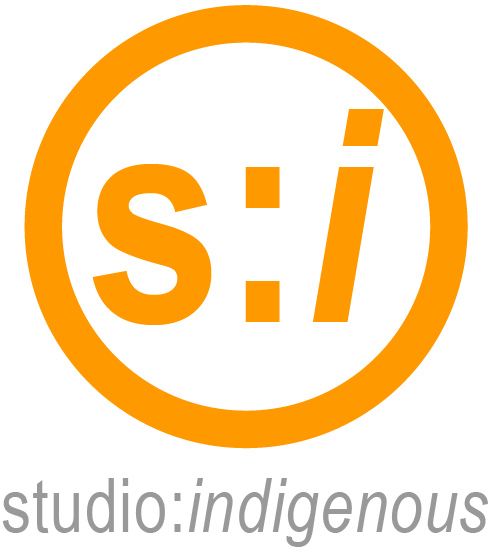
Domicile Series
I am compelled and challenged by the notion that anything can be drawn. As architects, we most often draw spaces before they exist as concrete objects.
My Native American heritage guides everything I do and my design work is no exception. Our culture is conveyed through oral traditions. As I draw and design I think of myself as a storyteller. I translate Native American culture through architecture and experience, and the way I draw allows me to do that.
I like to think of this process as designing characters that will then be drawn together through a constructive narrative. Just like my culture tells stories to explain the existence of elements in nature or as a way to rationally comprehend the importance of phenomena.
As architects, we have the distinct responsibility to draw things that are both autographic –that which is authored by an individual; and allographic – that which can be reproduced by others. Our drawings can both inspire and instruct. For some architects this is not a hard-and-fast boundary, but an elastic one -- Scarpa’s drawings are an example. Our discipline affords us the privilege of making drawings that can be considered art, and drawings that are a binding contract for construction.
I have come to love drawing in series. By presuming a specific format and certain methodological parameters, I can expand upon an idea and perhaps render visible all of its possibilities. My drawings from “The Domicile series” do just this. Each drawing begins in the same sketchbook format; and each shares volumetric boundaries, tectonic strategies, as well as manifest a number of basic architectural properties. I have also organized each page as four parallel orthographic elevations. Because they share the same parameters I think less of the drawing stylization and more about their architectural makeup. These parameters differ from more typical conventions, in that, they do not share a universal interpretation like CAD sheet formats. Parameters can exist in the autographic, but conventions belong to the allographic.
Geometry is one of the parameters that helps to guide my design process. The volumetric shape, the relationship to the ground, the size of the apertures, and the height of the antennae are all decisions that I make based on the geometric parameters I established before the design process began. Operating this way, I am able to play, or improvise, within those boundaries and explore the plasticity that parameters provide.
The architectural elements that I play with are; the legs; where the dwelling meets the sky; the way in; the ground it sits on; the modulation of light via cantilevers -- each of these present a representational opportunity. I would like the viewer to see them and wonder if it smells, or sweats, or ambulates. One of these opportunities is evident in the canopy plan of “Maple Syrup Moon” which is printed on a mailing label.
Each drawing/project is guided by the moon calendar of my tribe, the Oneida. I integrate digitally generated forms derived from wind-data of a particular moon/month for each drawing. I use this wind data as a way of supposing that the architect/builder of these dwellings has a tacit knowledge of their environment. These forms show up as protective carapace, supportive structures, water collection wings, support columns, canopy/headdress, and projective subtraction.
Storytelling with drawings that are both autographic and allographic, defined by a set of parameters, is deployed to create a graphic mythology while maintaining plausibility through the architectural elevation.
